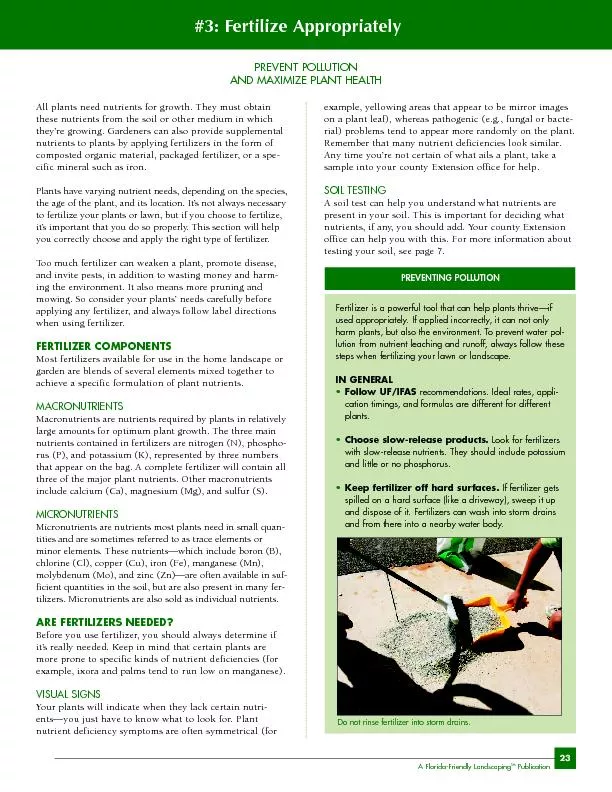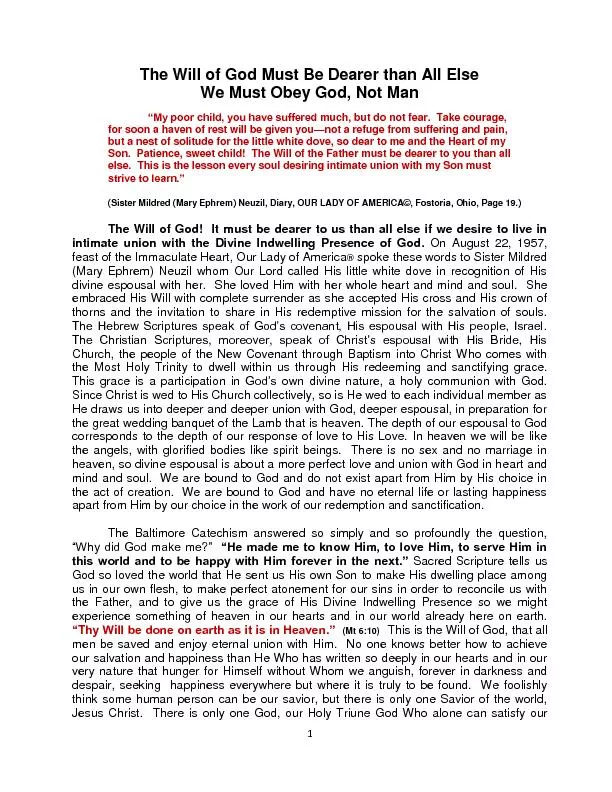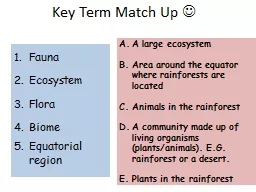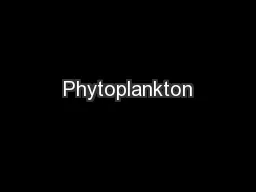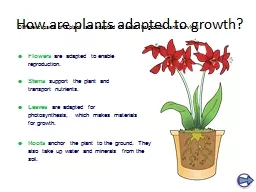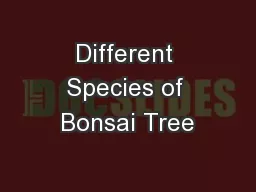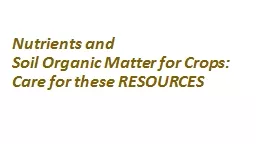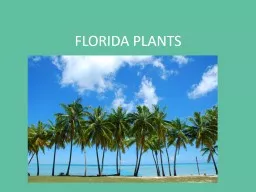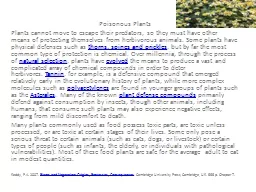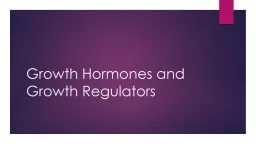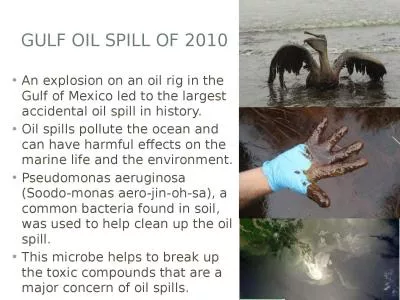PDF-All plants need nutrients for growth. They must obtainthese nutrients
Author : giovanna-bartolotta | Published Date : 2016-05-04
3 Fertilize AppropriatelyND MAXIMIZE PLANT HEALTH Fertilizer is a powerful tool that can help plants thrive
Presentation Embed Code
Download Presentation
Download Presentation The PPT/PDF document "All plants need nutrients for growth. Th..." is the property of its rightful owner. Permission is granted to download and print the materials on this website for personal, non-commercial use only, and to display it on your personal computer provided you do not modify the materials and that you retain all copyright notices contained in the materials. By downloading content from our website, you accept the terms of this agreement.
All plants need nutrients for growth. They must obtainthese nutrients: Transcript
3 Fertilize AppropriatelyND MAXIMIZE PLANT HEALTH Fertilizer is a powerful tool that can help plants thrive. Where do Plants get their nutrients?. PLANT: A SUGAR FACTORY. NUTRIENTS AVAILABILITY AND SOIL. The relative availability of nutrients to plant roots depends on the pH level of. the soil.. Plant Nutrients Content in % Compared to Nitrogen. 1 We Must Obey God, Not Man “My poor child, you have suffered much, but do not fear. Take courage, for soon a haven o I. Day #34. . Nutrients in . veggies. Rich in several vitamins and minerals.. Vitamin C, K, folic acid, and calcium. Also an important source of fiber, carbohydrates, and . phytochemicals. .. Several have antioxidants – which can reduce your chance of developing cancer. . Fauna. Ecosystem . Flora . Biome. Equatorial region. A large ecosystem . Area around the equator where rainforests are located. Animals in the rainforest. A community made up of living organisms (plants/animals). E.G. rainforest or a desert.. . Upon completion, students will be able to: . G3.4 Understand the factors that influence plant growth, including water, nutrients, light, soil, air, and climate.. #. Gainz. By: Jose Vargas. Today, we will learn... Asterionella. (colonial diatom). . Anabaena. (filamentous blue-green). . Scenedesmus. (colonial green). Metaphyton. columns. Dominant Genera of . Metaphyton. Cladophora. Oedogonium. Different parts of a plant are adapted to assist its growth and survival.. Flowers. are adapted to enable reproduction. . Stems. support the plant and transport nutrients. . Leaves. are adapted for photosynthesis, which makes materials for growth.. There are great numbers of Bonsai plants species are available on earth. You can see different sizes of tropical and sub-tropical species. Each one of them requires the diverse environment to survive and other requirements of those healthy growths. Some popular species are discussed below Care for these RESOURCES. Starting with The Basics!. What is soil. Naturally deposited MIXTURE of:. R. ock particles. “Organic” materials. Air. Water. Soil Components. Soil Components. Air. = Mixture of atmospheric gases. FLORIDA PLANTS What is a native plant? Plants native to Florida are plants that were here before the arrival of the Europeans Plants native to this area of Florida have evolved mechanisms over the centuries that enable them to handle our climate. Poisonous Plants Plants cannot move to escape their predators, so they must have other means of protecting themselves from herbivorous animals. Some plants have physical defenses such as thorns, spines and prickles . SYFTET. Göteborgs universitet ska skapa en modern, lättanvänd och . effektiv webbmiljö med fokus på användarnas förväntningar.. 1. ETT UNIVERSITET – EN GEMENSAM WEBB. Innehåll som är intressant för de prioriterade målgrupperna samlas på ett ställe till exempel:. Phytohormones. :-. (. i. ) Growth hormones also called . phytohormones. (ii) Term given by . Thimann. (1948),. (iii) It can be defined as ‘the organic substances which are synthesized in minute quantities in one part of the plant body and transported to another part where they influence specific physiological processes’.. Oil spills pollute the ocean and can have harmful effects on the marine life and the environment.. Pseudomonas . aeruginosa. (. Soodo. -monas aero-. jin. -oh-. sa. ), a common bacteria found in soil, was used to help clean up the oil spill..
Download Document
Here is the link to download the presentation.
"All plants need nutrients for growth. They must obtainthese nutrients"The content belongs to its owner. You may download and print it for personal use, without modification, and keep all copyright notices. By downloading, you agree to these terms.
Related Documents

